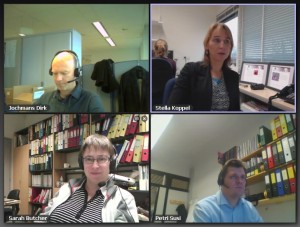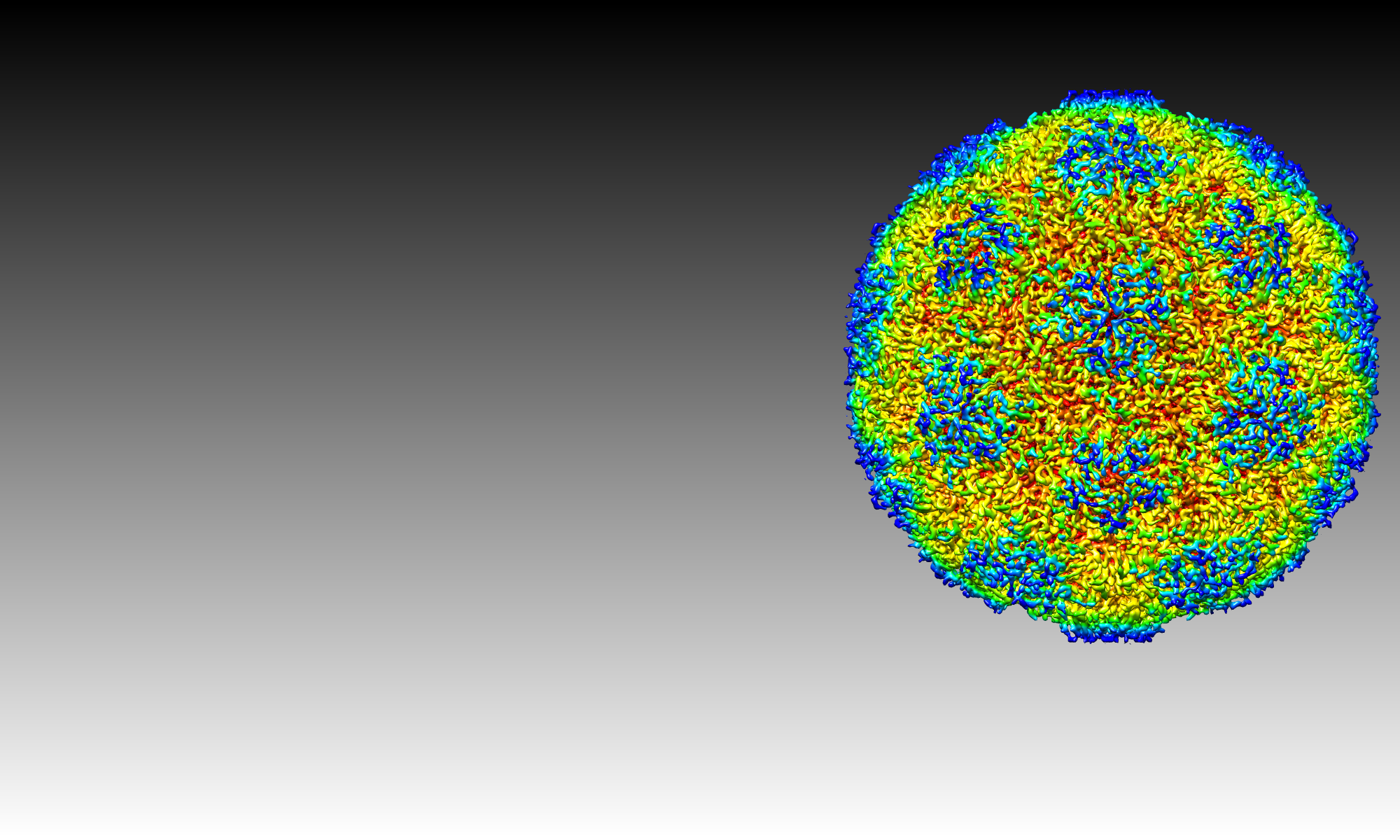The first year of Airopico, an AIPP action from the FP7 Framework of the EU is coming to a close. We have an active technical board (Katja, Petri, Dirk and Sarah) from 4 of the partners meeting every month to report on scientific progress, exchanges occurring, recruitments, work shops and dissemination. This is a snapshot from one of our meetings. We had an exciting year, with the first papers submitted, a workshop on IPR in Helsinki with some 40 participants, and excellent panelists both from within the consortium and from without. The coming year will see 3 new recruitments, in Turku, Helsinki and Leuven – check out the EURAXESS and the www.airopico.eu sites for posts- we are looking for experienced researchers (4-10 years since start of PhD studies) with less than 12 months of work experience in the last 3 years in the recruiting country (Finland or Belgium). We are looking forward to a bright 2015 with 4 exchanges in to Helsinki from Protobios, and 1 from Helsinki to Protobios. Let the knowledge fly!
A new spin on measles virus matrix
Measles is an important disease worldwide that is highly infectious, causing the deaths of over 100000 people annually. We used advanced electron microscopy and image processing methods to make a a three-dimensional model of measles virus. The new model helps to explain many previous, unaccounted for observations in the life cycle of the virus. Measles virus belongs to a family of viruses whose members are all pleomorphic enveloped viruses. All the members of this family contain a so called matrix protein which in measles virus coats the ribonucleoparticle making a “rigatoni-like” helix. More details from the original article by Liljeroos et al in the Proceedings of the National Academy of Science (USA)
LDL particles and heart disease
Low-density lipoprotein (LDL) particles are the major carriers of cholesterol in the human circulation. They have key roles in both cholesterol physiology and in the development of atherosclerosis. Together with researchers from the Wihuri Research Institute, Aalto University and Oulu University we characterised the structure of LDL particles at the human body temperature to understand the organisation of the lipids and protein that they are made from.See the article for more details
Kumar, V., Butcher, S.J., Öörni, K., Engelhardt, P., Heikkonen, J., Kaski, K., Ala-Korpela, M., Kovanen, P.T. (2011) Three-dimensional cryoEM reconstruction of native LDL particles to 16å resolution at physiological body temperature. PLoS ONE 6(5): e18841. doi:10.1371/journal.pone.0018841.
Development of photoactivated drugs
Efficient drug delivery to the intended target is one of the biggest challenges facing the pharmaceutical industry today. Together with researchers from the Faculty of Pharmacy, we are trying to develop drugs that can be activated by pulses of light in different tissues. See more in the article by
Paasonen, L. Sipilä, T., Subrizi, A., Laurinmäki, P., Butcher, S.J., Rappolt, M., Yaghmur, A., Urtti, A., Yliperttula, M. (2010) Gold-embedded photosensitive liposomes for drug delivery: triggering mechanism and intracellular release. J. Controlled Release 147:136-143
Common causes of childhood illness: human parechovirus
Human parechovirus is just one of the many causes of childhood infections. By examining the structure of the virus in complex with a protein from human cells, we can understand more about the first stages of the infection. In order to start an infection, the virus has to get into a host cell. It does this by attaching to human proteins on the outside of the cell, in this case big molecules called integrins. The integrins then drag the virus into the cell where it can start to replicate. See the article for more details
Seitsonen, J., Susi, P., Heikkilä, O., Sinkovits, R.S., Laurinmäki, P., Hyypiä, T., Butcher, S.J. (2010). Interaction of αVβ3 and αVβ6 integrins with Human parechovirus 1. J. Virol 84:8509 – 8519
Structural insights into hantavirus
Hantaviruses are borne by rodents such as voles. They are spread in the droppings of the animal, and can infect humans who come into contact with the droppings, especially farm workers and gardeners. Some hantaviruses can cause severe haemorraghic fever which can lead to death. We studied a non-pathogenic hantavirus called Tula virus, as a useful model to understand hantavirus structure and assembly. We discovered the organisation of the major proteins that interact with the host during entry, and this could help to drive development of drugs to prevent, or relieve hantavirus infection. See the article:
Huiskonen, J.T., Hepojoki, J., Laurinmäki, P., Vaheri, A., Lankinen. H., Butcher, S.J., Grunewald, K. (2010) Electron cryo-tomography of tula hantavirus suggests a unique assembly paradigm for enveloped viruses. J. Virol. 84:4889 – 4897
